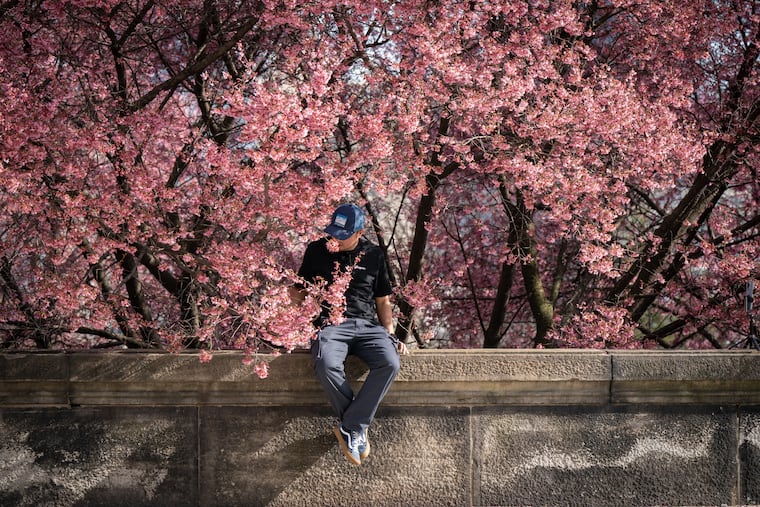The average spring has warmed up 2.5 degrees in Philly. That’s not good for cherry blossoms.
Cherry blossom trees in Philadelphia are blooming as much as 10 days ahead of schedule due to this year's warm winter.

Cherry blossom trees in Philadelphia are blooming as much as 10 days ahead of schedule due to this year's warm winter.
